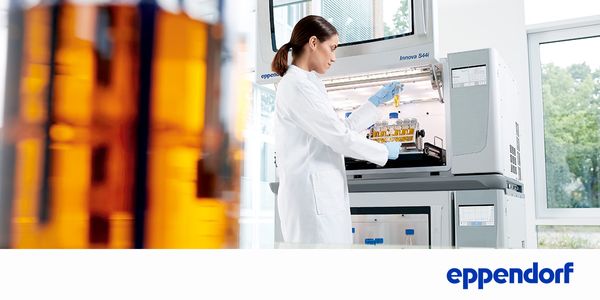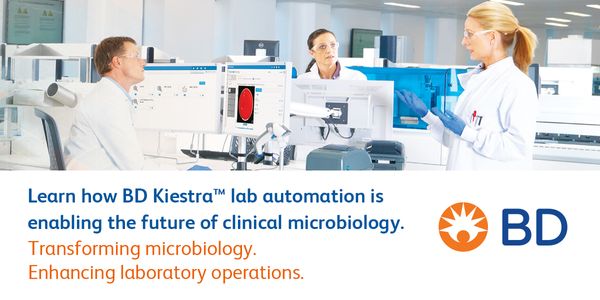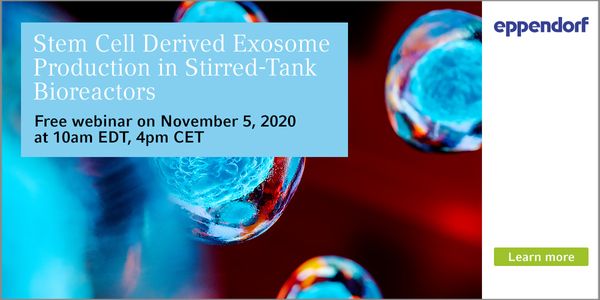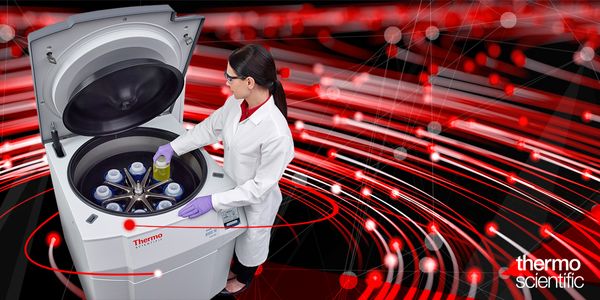Bioprocessing
Bioprocessing: The use of biological (typically cellular or enzymatic) processes to affect desired physical or chemical changes, especially in various industrial applications; (also) the processing of organic or inorganic materials (coal, minerals, etc.) using microbiological methods.
-
DEC 10, 2020 | 8:00 AMDate: December 10, 2020 Time: 8:00am (PST), 11:00am (EST) As you face increasingly shortened timelines to bring new drugs to market, you find yourself strained to finalize analytical methods...Antibody tests are important tools to assess the efficacy of vaccine candidates and to derive suitable vaccination modalities. High specificity and sensitivity are of great importance for th...
DEC 02, 2020 | 8:00 AM
DATE: December 2nd, 2020 TIME: 08:00am PDT, 11:00pm EDT Bioreactors and shakers are used to cultivate microorganisms, plant, insect, and mammalian cells in different volumes. Upscaling of pr...
NOV 19, 2020 | 10:00 AM
Date: November 19, 2020 Time: 10:00am (PST), 1:00pm (EST) 98% of in-patients will undergo a diagnostic test during a hospital stay.[1] With the increased focus on the accuracy of diagnostic...
NOV 12, 2020 | 10:00 AM
Date: November 12, 2020 Time: 10:00am (PST), 1:00pm (EST) Fc receptor based affinity chromatography is a new emerging field of Fc functionality analytics. FcRn affinity columns separate anti...
NOV 05, 2020 | 7:00 AM
DATE: Date needed, 2020 TIME: Time needed Exosomes are a population of naturally occurring mobile, membrane-limited, 30 – 100 nm in diameter, extracellular vesicles containing a large...
Speaker:
Jorge Escobar
, Aurélie Tacheny
Accurate characterization of monoclonal antibodies is essential to development of biotherapeutics. Thorough understanding of biotherapeutic properties aids in the optimization of bioprocess...
Speaker:
Brian Domanski
SEP 30, 2020 | 12:00 AM
CRISPR experiments are a powerful tool which are easy to carry out, however it is more difficult to determine the outcome of these experiments, and to ensure that only the desired targets we...
SEP 24, 2020 | 8:00 AM
DATE: September 24th, 2020 TIME: 08:00am PT Centrifuge separates particles by density but do you know what type centrifuges are used at the different steps of a bioprocess workflow and what...
There are many methods of nucleic acid isolation. Each technology offers different approaches of purification of the template. However, it is important to control carry over of “proces...
Speaker:
Katherine Mechling
For more than a century, breakthroughs in biological sciences have relied on the ability to study cells outside of respective organisms. While majority of cell culturing is still performed u...
Speaker:
Jun Park, PhD
Extracellular vesicles (EVs) are lipid bilayer-delimited pieces of cells that are released from the plasma membrane as "ectosomes" and from the endosomal system as "exosomes.&...
Extracellular ligands bind to receptors on the cell surface leading to receptor internalization. Once internalized into small vesicles, the vesicles fuse with an organelle known as the sorti...
Intestinal organoids are self-organizing, 3D structures derived from either pluripotent stem cells or from primary tissues with the abiltiy to recapitulate some of the spatial architecture a...
Speaker:
Kevin Su
Extracellular vesicles (EVs) are nanosized vesicles containing active proteins, lipids, and different types of genetic material such as non coding RNA species, related to the characteristics...
























